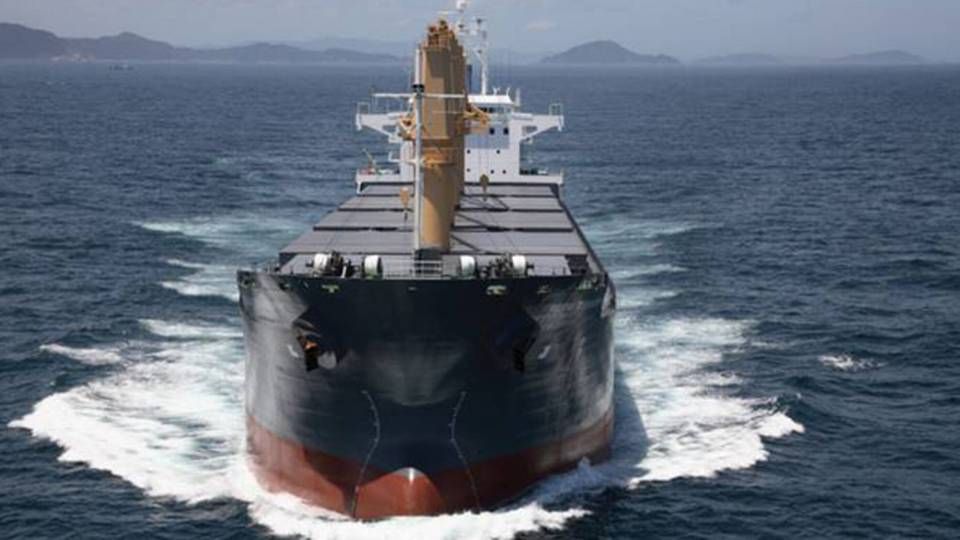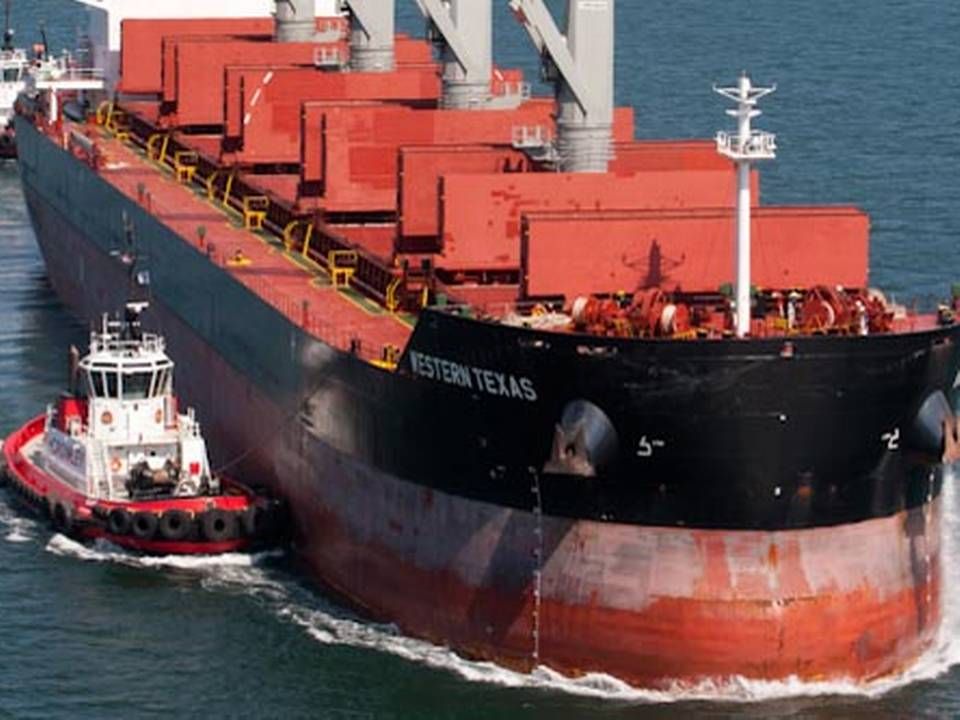Oldendorff Carriers landed another surplus in 2014

While a surprising number of bulk carriers have prepared the market for red figures prior to the publication of their annual results, one of the global giants of the industry, German Oldendorff Carriers, now confirms a decent and positive result for 2014.
During the last year, the industry has seen record-low rates, a Baltic Dry index that has dipped to levels unseen before and normally solid players who have taken an extraordinary hit. Few bulkers carriers, like Norwegian Torvald Klaveness with its fleet of 120 vessels, have been able to land a surplus and expectations for 2015 are also low.
Critical mass is differentiator
Oldendorff Carriers already gave a hint to ShippingWatch in the autumn of 2014 that it was sailing towards another profitable year and that the size of the shipping company with its vast fleet and apparent flexibility compared to the general market would make a difference. A management spokesman of Oldendorff Carriers now confirms that 2014 was a good year for the company which landed a positive result.
"While results proved to be good and in line with our expectations, we were also very pleased to have successfully taken delivery of several newbuildings in 2014. The market was worse than expected, but it still had its positive developments in certain areas and at certain points in time. As Oldendorff Carriers is specializing in spot trading and at the same time enjoys strong relationships with our cargo clients, we were able to achieve positive results through our critical mass and ability to optimize our operations, even though the level of the rates was comparatively low," the spokesman tells ShippingWatch.
Learned from financial crisis
Like its competitors, Oldendorff Carriers has been affected by the poor development in the market and the default of payments among clients and business partners. A strict focus on mitigating the effects has, however, enabled the company to minimize the financial impact according to the carrier.
"One reason for the bad freight and charter rates is a slow-down of the growth major economies relevant for the bulk trades. This underlying factor has had challenging effects on bulk shipping and hence on Oldendorff Carriers not only with regards to the rates, but also in terms of defaults, non-performance and increasing exposures. However, after the experiences made after the financial crisis, we have implemented strict counter party risk management systems and have thus been able to manage most of these risks successfully," the spokesman explains.
Two challenging years
President and CEO of Scorpio Bulkers, Robert Bugbee, recently told ShippingWatch that 2015 has already proven a difficult year. To avoid further losses, Scorpio Bulkers is converting a substantial part of its order book of Capezises into product tankers and thus cutting down the future capacity of the bulk market which is broadly seen as the major obstacle to an upswing. Oldendorff Carriers is part of very same market as any other bulk player and subject to the same conditions. Overcapacity is an issue for the German carrier as well as, and Oldendorff hopes for reductions either from conversions or more scrapping this year and in 2016.
Norwegian bulk carrier surprises with profit in dreadful year
"The outlook for both 2015 and 2016 looks very challenging for shipping on all sizes. However, the volumes of cargo to be shipped are very good although demand growth is coming off and so we expect a high shipping volume as well, which is positive for the spot trade. But there are simply too many ships after years of oversupply in newbuildings to counterbalance the lower demand growth. Hopefully we will see much more older ships disappear from the market and thus a shrinking fleet growth, which may lead to a healthy recovery of the supply demand balance in the next couple of years. In the shorter term it will be key for everyone in the market to watch their counterparty risk, as we still expect volatility throughout the year due to the depressed market outlook for both dry bulk and commodities," the spokesman of Oldendorff Carriers concludes.
In 2014 Oldendorff Carriers received 11 newbuldings. The fleet amounts to more than 500 vessels.
Jan Rindbo: My three key leadership skills
Oldendorff Carriers remains in the black in 2014 and 2015
Norden renegotiates contracts in struggling bulk market
Related articles
Bugbee: 2015 is already a tough year for bulk
For subscribers
Drewry points to improved dry bulk market by 2016
For subscribers





















